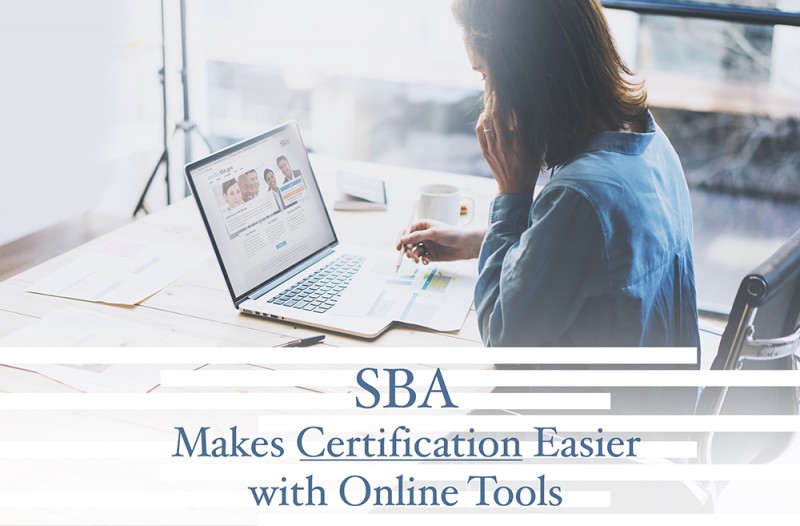Construction cranes in Downtown Miami and throughout South Florida help tell the story of a fast-growing population center and global business hub. Miami’s skyline—a visual marvel with awe-inspiring, high-rise buildings overlooking the Atlantic—has changed more rapidly than any other American city. Global investment from an array of countries have helped fuel the development.
Foreign real estate buyers account for 36 percent or $6.1 billion of South Florida total sales volume, according to the 2015 Profile of International Home Buyers in Miami Association of REALTORS® (MIAMI) Business Areas. That is more than four times the eight percent national percentage of foreign buying activity. The annual survey, which was conducted by MIAMI and the National Association of REALTORS® (NAR), is just one indicator of how attractive South Florida has become to international buyers.

 Login
Login




































 Upcoming Events
Upcoming Events The state of gender equality remains dismal in the United States, as it always has been. From Fortune 500 boardrooms to poverty levels, gender imbalances touch and impact all aspects of women’s lives. It has been almost 30 years since women could get business loans without a male cosigner and yet, a majority of women continue to lack awareness of special programs and designations for which we have worked so hard to develop and implement to increase diversity spend for women.
The state of gender equality remains dismal in the United States, as it always has been. From Fortune 500 boardrooms to poverty levels, gender imbalances touch and impact all aspects of women’s lives. It has been almost 30 years since women could get business loans without a male cosigner and yet, a majority of women continue to lack awareness of special programs and designations for which we have worked so hard to develop and implement to increase diversity spend for women.





